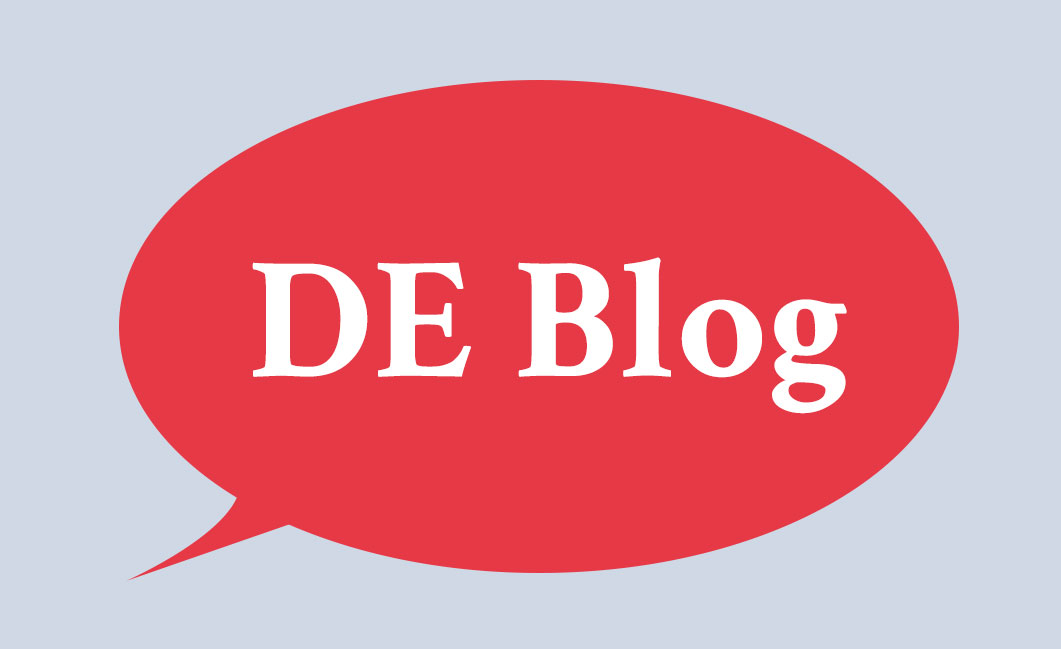Formatting Friday: Putting Tables into your Dissertation

What is the purpose of tables in a scholarly paper?
Tables (and figures) help the reader understand information in your paper, and can help provide clarity with your data and results.
Before putting a table into your paper, here are some things to consider:
- Is this necessary? The point of a visual aid is to communicate information quickly and clearly, not to take up space or complicate things. Simple descriptive statistics can easily be put into the text and don’t need a table. Data in a table that requires two or fewer columns should just be placed into the text.
- Relation to text. Tables complement and supplement the text, so the text should refer to the table and mention what the reader should note – and the table should be placed near said text.
- Cite appropriately. If you are taking a table or data from another source, make sure you have all of the information from said source in order to properly cite it. If you use a table from another source, it should be replicated exactly, then cited per the appropriate formatting style.
- Be consistent. Tables should be numbered sequentially, probability values and abbreviations should be consistent, as well as titles and formatting. Always use the same spacing, columns and rows are labeled similarly (ie, bold), and make sure the data is aligned the same way.
- Do not repeat data in multiple tables. Each table should have unique information.
- Recreate tables from SPSS or other statistical programs. While it’s tempting to simply insert the ready-made table, these often contain way too much information that isn’t necessary for the reader. Decide what is pertinent, and create a new table.
While not every table needs a note, there are some instances where it’s necessary:
- If your table is taken from an outside source, this needs to be explained in a note, explaining that it’s “reprinted from” or “adapted from” and then the source, in the formatting style that is appropriate.
- You should specify p-values in a note.
If there’s any other information that you feel is necessary, or if you need to explain an abbreviation, you can add a note to the table.
We know that formatting tables and figures – no matter what formatting style you’re using – can be tricky, especially when you’re crunched for time. We can help! Our editors are experts in creating and finessing visual aids to help take your dissertation to the next level. Contact us today to see how we can assist you.
Resources
Purdue OWL: APA Tables < Dissertation Writing: Commonly Misused Words Thoughtful Thursday: Yoga Apps and Videos >
Tagged under: Dissertation Formatting Tools Formatting Friday General Dissertation dissertation tables